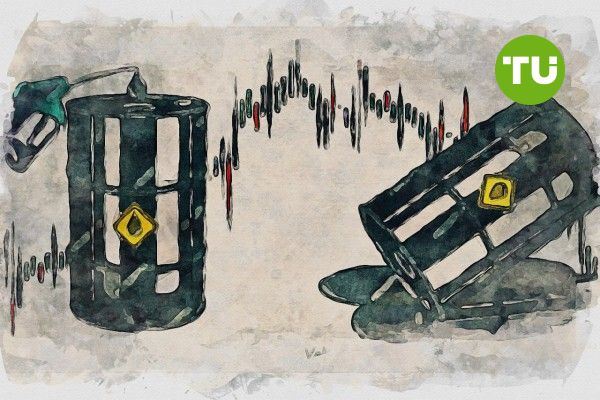Oil prices retreat as EIA cuts demand outlook and trade war fears grow
 WTI crude falls to $60 as demand fears and OPEC+ output weigh on sentiment
WTI crude falls to $60 as demand fears and OPEC+ output weigh on sentiment
Oil markets extended their selloff this week, with WTI crude futures falling over 3% to $60 per barrel after dropping more than 10% last week. The latest weakness follows the U.S. Energy Information Administration’s (EIA) revised forecast showing lower global demand growth and slowing U.S. oil production, amplifying concerns about oversupply amid escalating U.S.-China trade tensions.
The trade standoff between the U.S. and China intensified after the White House confirmed tariffs on Chinese goods had reached an effective rate of 145%. In retaliation, China announced new tariffs raising the total levy on U.S. imports to 125% starting April 12. The deepening tariff conflict has rattled energy markets, prompting the EIA to slash its forecast for global oil demand growth in 2025 to just 900,000 barrels per day—down from a prior projection of 1.2 million barrels.
The EIA also revised its U.S. crude production outlook, now expecting an increase of only 300,000 barrels per day in 2025, with near stagnation anticipated the following year. Analysts at Commerzbank warn the resulting oversupply, particularly in the second half of the year, could push prices even lower.
USOIL price dynamics (March 2025 - April 2025) Source: TradingView.
OPEC+ supply risks and Russian pressure
Bearish sentiment was further stoked by the decision from OPEC+ to accelerate output increases, raising fears of a growing supply glut. Meanwhile, discrepancies between Reuters and Bloomberg surveys on March OPEC production levels—particularly involving Iraq and the UAE—highlight ongoing uncertainty around actual output figures.
Russia, already facing sanctions, has also been impacted by falling oil prices. Its ESPO crude dropped below $60 for the first time, while Urals crude neared $50—its lowest since March 2023. Seaborne exports from Russia fell to 3.23 million barrels per day in early April, their lowest level in a month, potentially signaling stress in both revenue and compliance.
Outlook remains pressured
With global demand expectations trimmed, production rising, and geopolitical tensions mounting, oil prices remain under sustained pressure. Unless the trade war eases or demand rebounds, further downside risk appears likely heading into the second half of 2025.
In earlier coverage, we flagged OPEC+ output hikes and Russia’s declining revenues as major headwinds. These pressures, now amplified by demand downgrades, reinforce a bearish outlook.













































































































































